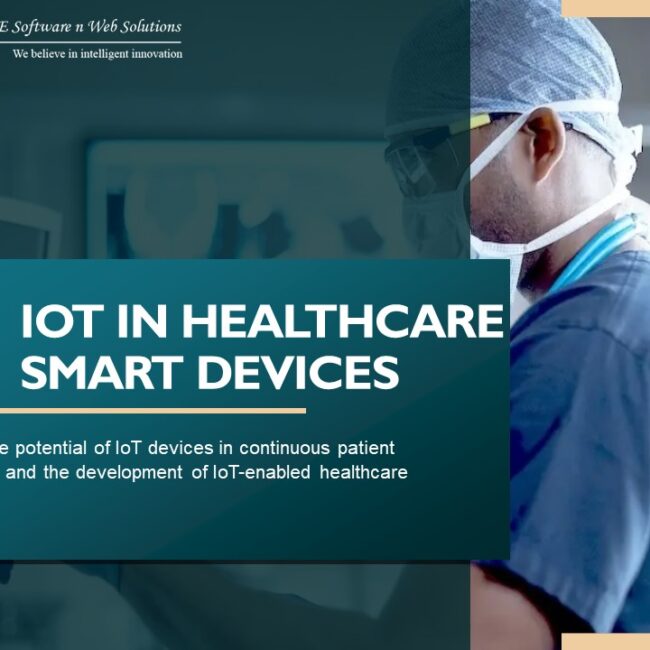
Ensuring HIPAA Compliance in Healthcare Software Development: Best Practices
In the rapidly evolving landscape of healthcare technology, ensuring the privacy and security of patient information is paramount. The Health Insurance Portability and Accountability Act (HIPAA) sets the standard for protecting sensitive patient data in the United States. For healthcare decision-makers, navigating HIPAA compliance during the development and implementation of healthcare software is a critical challenge. This blog aims to demystify the process, providing a comprehensive guide to best practices in achieving and maintaining HIPAA compliance in healthcare software development.
Understanding HIPAA Compliance
HIPAA compliance involves adhering to a set of regulatory standards that protect the privacy and security of certain health information. For software development, this means implementing measures that safeguard patient data against unauthorized access, use, or disclosure, particularly when this information is transferred, received, handled, or shared.
The Importance of HIPAA Compliance
Non-compliance with HIPAA can result in severe penalties, including hefty fines and damage to an organization’s reputation. Beyond the legal implications, ensuring HIPAA compliance is fundamental to maintaining patient trust and safeguarding the integrity of the healthcare system.
Best Practices for HIPAA Compliant Software Development
Conduct a Thorough Risk Analysis
Before embarking on software development, conduct a comprehensive risk analysis to identify potential vulnerabilities within your system. This analysis should consider all aspects of data handling, from collection and storage to access and transfer. Identifying risks early on can guide the development process towards more secure solutions.
Implement Robust Security Measures
At the core of HIPAA compliance is the implementation of strong security measures. This includes encryption of data both in transit and at rest, secure user authentication mechanisms, and regular security updates and patches. Consider adopting a layered security approach, which employs multiple security controls to protect data.
Ensure Data Minimization
Only collect and retain the minimum amount of patient information necessary for your application to function. Data minimization reduces the risk of unauthorized access to sensitive information and helps ensure compliance with HIPAA’s Privacy Rule.
Designate a Privacy and Security Officer
Appointing a dedicated privacy and security officer within your organization is crucial. This individual will oversee all aspects of HIPAA compliance, from developing policies and procedures to conducting training and managing breaches should they occur.
Provide Comprehensive Training
All staff members involved in the development and management of healthcare software must receive comprehensive training on HIPAA regulations and the importance of protecting patient data. Regular training updates are essential as both technology and regulations evolve.
Establish Clear Data Access Controls
Develop clear policies and procedures governing who can access patient information and under what circumstances. Access controls should be based on the principle of least privilege, ensuring individuals have access only to the data necessary to perform their job functions.
Conduct Regular Audits and Assessments
Regular audits and assessments are essential for identifying potential compliance gaps and vulnerabilities within your system. These should be conducted both internally and by third-party experts to ensure an unbiased review of your security and privacy measures.
Develop a Response Plan for Potential Breaches
Despite the best preventive measures, breaches can still occur. Having a comprehensive breach response plan in place ensures that you can act quickly to mitigate the impact and comply with HIPAA’s Breach Notification Rule. This plan should include procedures for internal reporting, patient notification, and regulatory reporting.
Navigating the Path to Compliance
Achieving HIPAA compliance in healthcare software development is a complex but crucial process. By adhering to these best practices, healthcare decision-makers can navigate the intricacies of compliance, ensuring that patient data is protected and that their software meets the highest standards of privacy and security.
In conclusion, as healthcare continues to embrace digital transformation, the importance of HIPAA compliance cannot be overstated. By implementing robust security measures, conducting regular risk assessments, and fostering a culture of compliance, healthcare organizations can safeguard patient information and build trust in their technological solutions.


